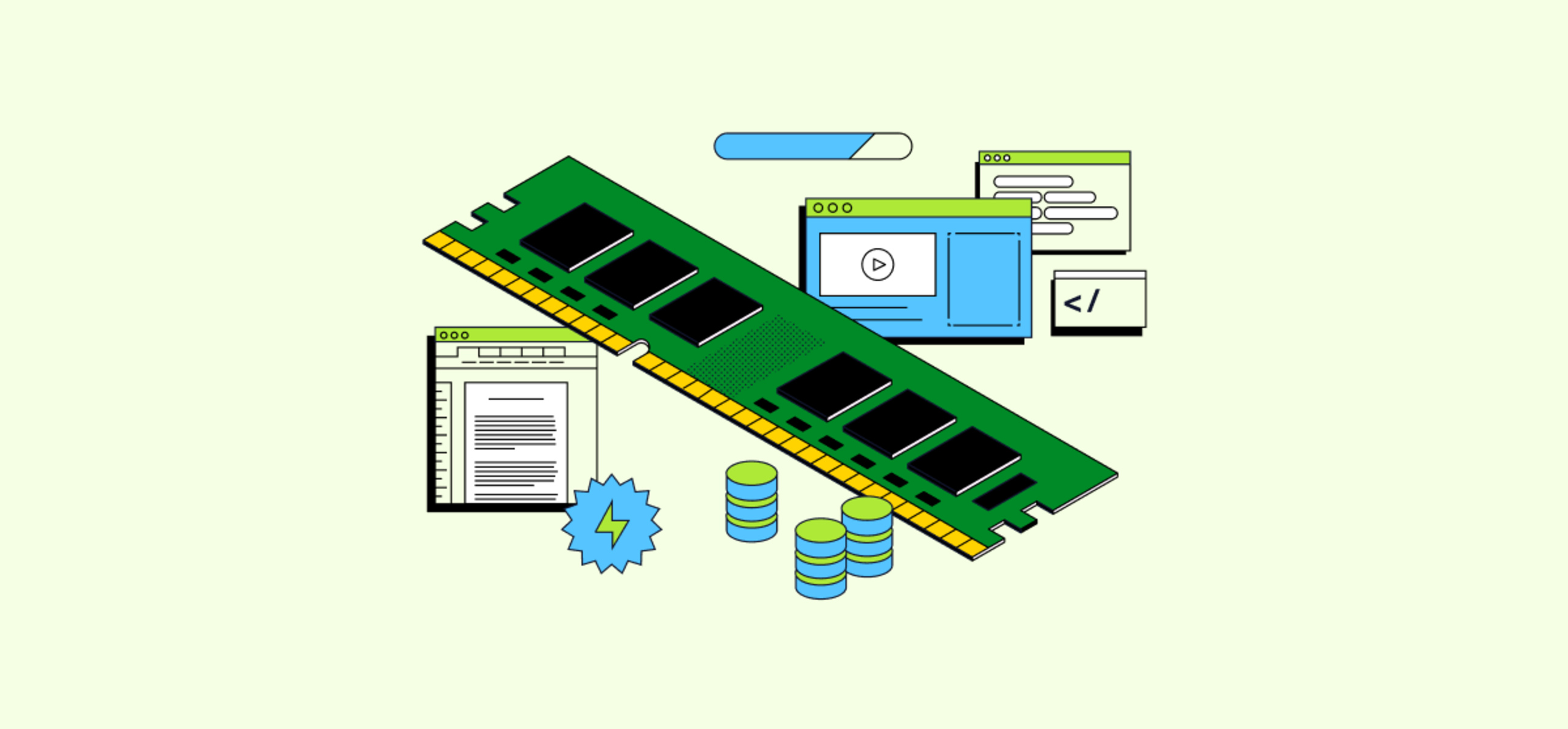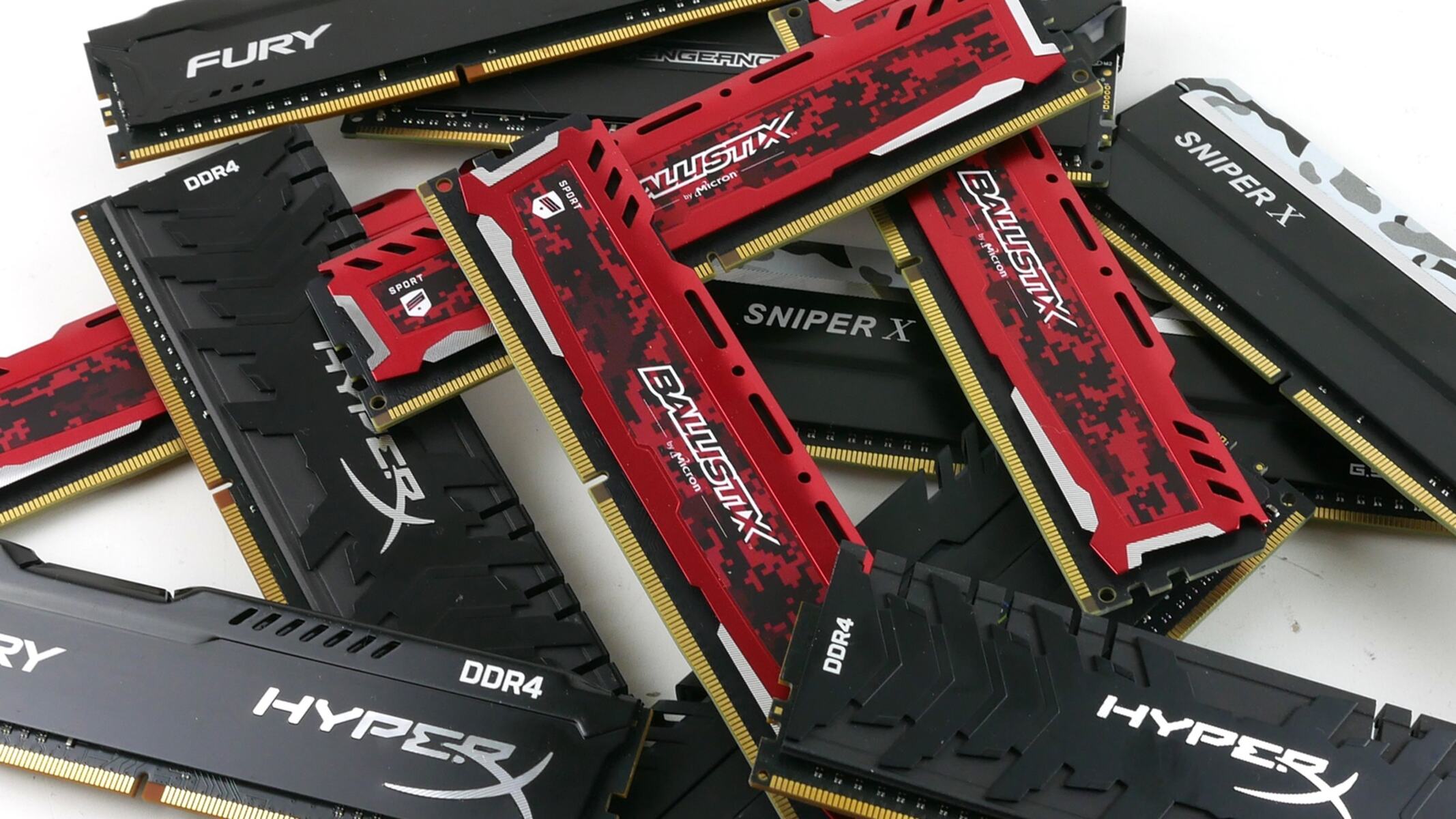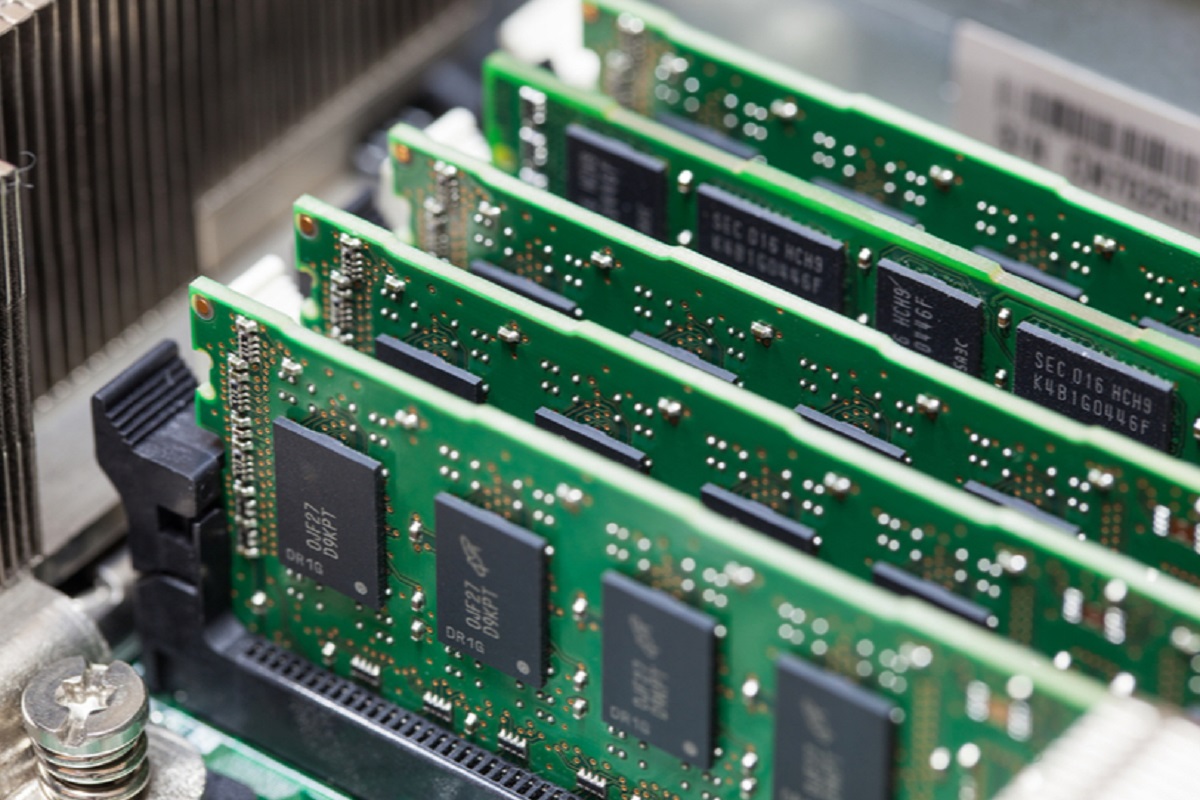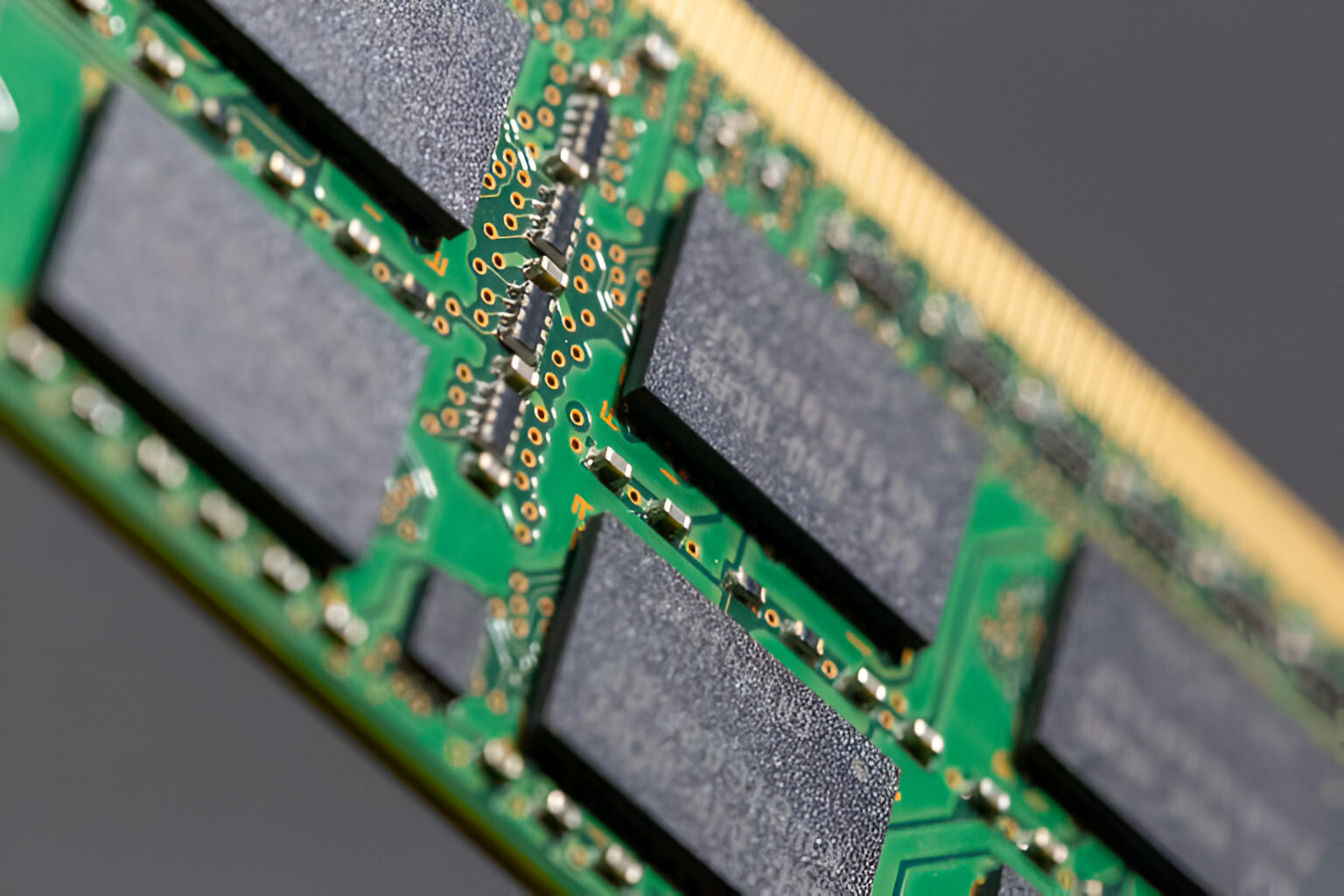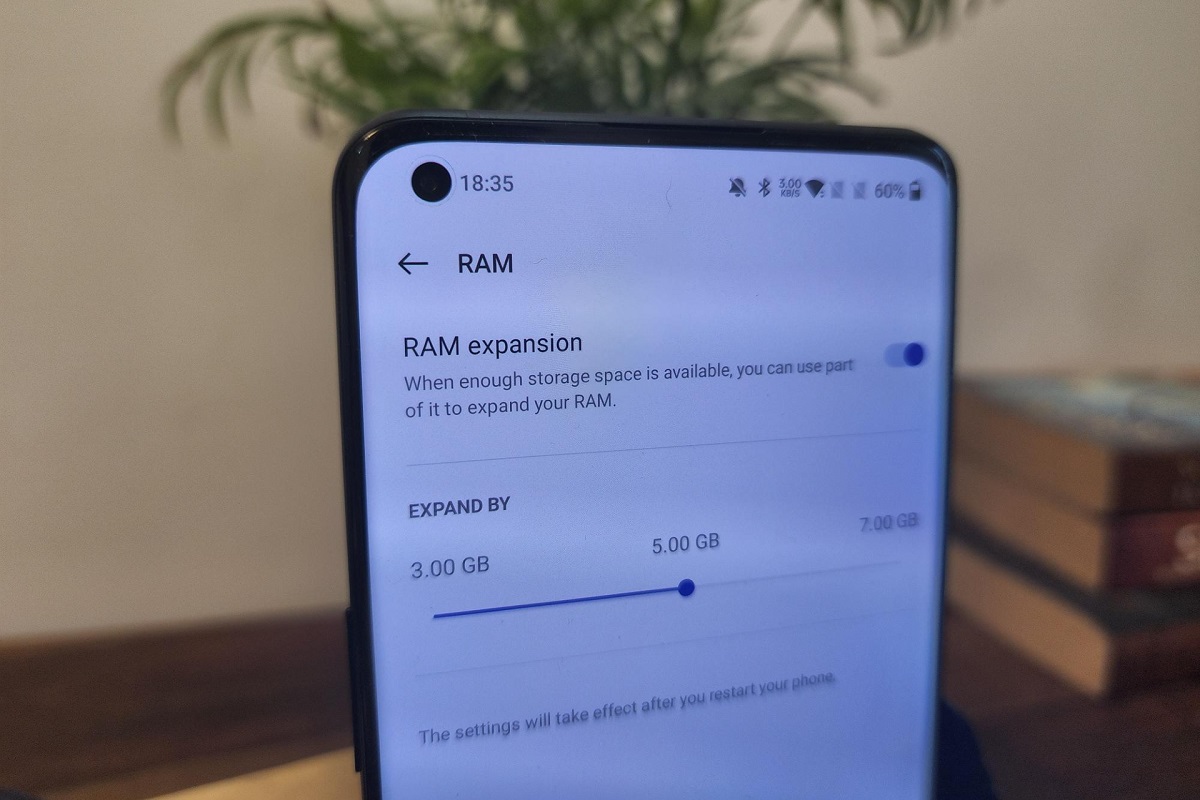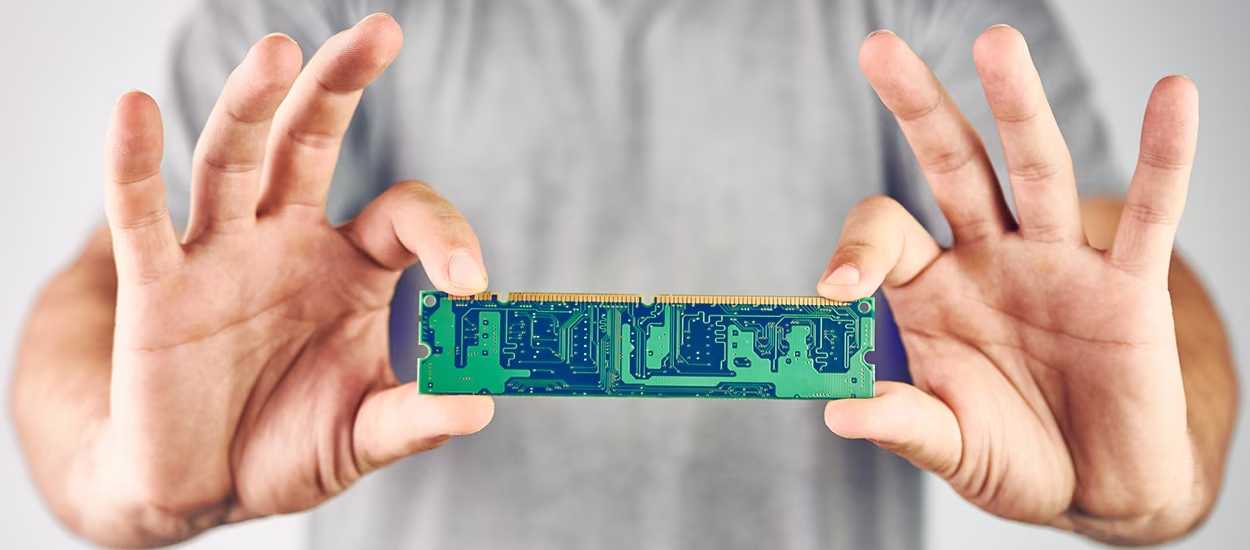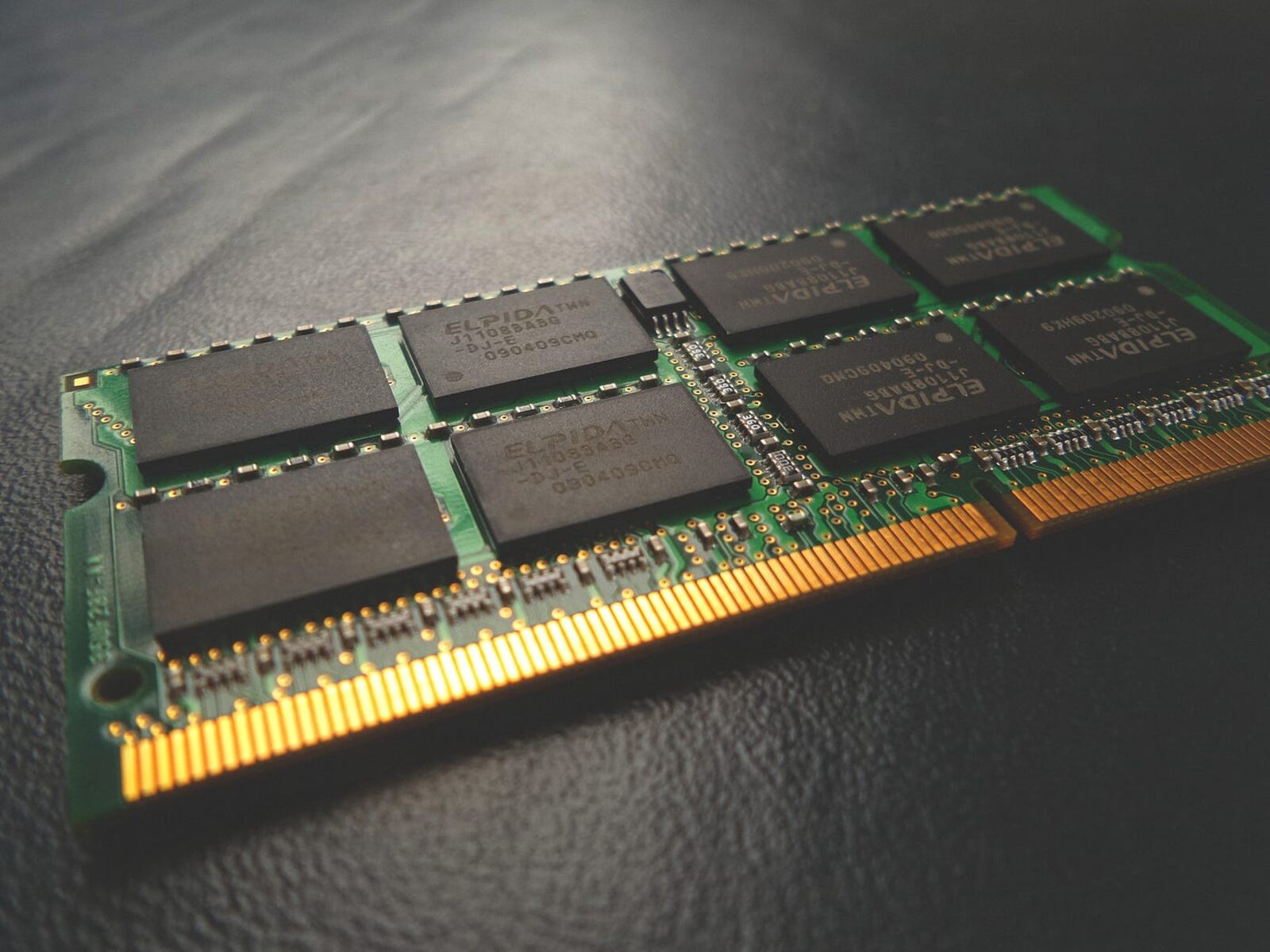Introduction
In the world of computers and technology, RAM is a term that is often heard and referred to. It is an integral part of any computer system, playing a crucial role in its overall performance. However, have you ever wondered why RAM is considered volatile? In this article, we will explore the concept of RAM and delve into why its volatility is an essential aspect of its functionality.
RAM, which stands for Random Access Memory, is a physical hardware component found in computers and other electronic devices. It serves as a temporary storage space that allows the computer to store and retrieve data quickly. Unlike the long-term storage provided by hard drives or solid-state drives, RAM provides a fast and temporary workspace for the computer’s operations.
RAM works by storing data and instructions that are actively being used by the computer’s processor. When you open an application or run a program, the necessary data is loaded into the RAM for quick access. The processor can then instantly retrieve the required information from the RAM, resulting in faster and smoother operation.
Definition of RAM
RAM, which stands for Random Access Memory, is a fundamental component of a computer system. It refers to a type of computer memory that allows for random access of data, meaning that any piece of data stored in RAM can be accessed directly, irrespective of its location.
RAM is classified as volatile memory, which means that its contents are not retained once the computer is powered off. This is in contrast to non-volatile memory, such as hard drives or solid-state drives, which can retain data even when the power is disconnected.
There are different types of RAM available today, including DDR (Double Data Rate) RAM, SDRAM (Synchronous Dynamic Random Access Memory), and DIMM (Dual In-Line Memory Module). These variations have evolved over time to provide faster data transfer rates and larger capacities.
RAM is crucial for the efficient functioning of a computer system as it stores and provides access to data that is actively being used by the computer’s processor. When you open a program or run a task, the necessary data is loaded into the RAM, allowing the processor to quickly retrieve and process the information.
The capacity of RAM directly influences the performance of a computer. Systems with larger RAM capacities can handle more data and run multiple programs simultaneously without performance degradation. Therefore, it is common for computer users to upgrade their RAM if they require improved multitasking abilities or increased performance for resource-intensive tasks, such as gaming or video editing.
How RAM Works
Understanding how RAM works is essential to comprehend its role in a computer system. When the computer is powered on, the operating system and other essential software are loaded into the RAM from the storage devices. This process, known as booting up, ensures that the necessary information for the computer’s operation is readily accessible.
RAM is divided into millions or even billions of tiny storage units called cells. Each cell can hold a certain amount of data, typically represented as 0s and 1s, which are the basic building blocks of information in a digital system.
When a program or application is running, the required data and instructions are loaded into the RAM. The data is transferred from the storage devices to the RAM through data buses, which act as communication channels between different components of the computer system.
Once the data is stored in the RAM, the computer’s processor can easily access and manipulate it. This fast access to data in the RAM allows for smooth multitasking and speedy execution of tasks.
One crucial aspect of how RAM works is its ability to read and write data at high speeds. The read process involves retrieving data from a specific memory address and moving it to the processor for processing. The write process, on the other hand, involves storing data from the processor into a specific memory address in the RAM.
To enhance the efficiency of RAM, modern systems utilize different techniques such as caching and virtual memory. Caching involves storing frequently used data and instructions in a small, high-speed memory within the processor itself, known as the cache. Virtual memory, on the other hand, allows the computer to use part of the hard drive or solid-state drive as an extension of the RAM, providing more space for data storage when the physical RAM is full.
Overall, RAM acts as a crucial bridge between the storage devices and the processor, enabling quick access to data and improving the overall performance of a computer system.
Why RAM is Volatile
RAM is considered volatile because its contents are not retained when the power to the computer is turned off. When the computer is shut down, the RAM loses all the data stored in it, and it needs to be reloaded when the computer is powered on again.
This volatility of RAM is due to the technology used in its construction. RAM consists of electronic circuits made up of transistors and capacitors. These components are responsible for storing and accessing data in the RAM. However, the data stored in the capacitors is in the form of electrical charges, and these charges quickly dissipate when the power supply is disconnected.
The volatile nature of RAM has both advantages and disadvantages. One advantage is that the volatile nature allows for dynamic and efficient memory management. When an application or program is closed, the RAM can reclaim the space that was allocated to it, making it available for other tasks or programs.
Additionally, the volatility of RAM enables quick and easy erasure of sensitive data. When the power is turned off, sensitive information stored in RAM is instantly erased, improving data security.
However, the downside of RAM’s volatility is that if the computer unexpectedly loses power or shuts down due to a crash or failure, any unsaved or uncommitted data in RAM will be lost. This can result in data loss and potential disruptions in ongoing tasks or processes.
Moreover, since RAM is inherently volatile, it requires a continuous power supply to keep the stored data intact. This is why it is crucial to save important documents or files to a non-volatile storage medium, such as a hard drive or solid-state drive, to prevent data loss in case of power interruptions.
Overall, the volatility of RAM is a fundamental characteristic that allows for its dynamic memory management and quick erasure of data. While it has its drawbacks, proper backup and utilization of non-volatile storage devices can ensure data integrity and minimize the risk of losing important information.
The Importance of Volatility in RAM
The volatility of RAM plays a crucial role in the efficient functioning of a computer system. While it may seem counterintuitive to have a memory component that loses its data when power is disconnected, there are several reasons why the volatility of RAM is essential.
One of the primary advantages of RAM’s volatility is its ability to provide fast and temporary storage for active data. When you open an application or run a program, the necessary data and instructions are loaded into the RAM for quick access by the computer’s processor. This allows for smooth and seamless execution of tasks, as the processor can readily retrieve the required information without having to wait for slower storage devices.
Another important aspect of RAM’s volatility is its dynamic memory management. The volatile nature of RAM allows it to efficiently allocate and deallocate memory space as required. When a program or application is closed, the memory space it occupied in the RAM becomes available for other tasks or programs. This dynamic memory management ensures that the available memory is utilized optimally, promoting efficient multitasking and overall system performance.
In addition, the volatility of RAM contributes to data security. Since the data stored in RAM is lost when the power is disconnected, it provides an added layer of protection against unauthorized access to sensitive information. When a computer is shut down, any confidential or personal data that was temporarily stored in the RAM is instantly erased, minimizing the risk of data breaches.
Furthermore, the volatile nature of RAM enables quick erasure of data, which can be advantageous in certain situations. For example, when working with temporary files or sensitive information that should not be stored beyond a single session, the ability of RAM to clear its contents is beneficial. This allows for efficient data management and protection of sensitive information.
It is worth noting that while RAM’s volatility has these benefits, it also presents some challenges. The risk of data loss due to power outages or system crashes is a concern, requiring users to save important files to non-volatile storage mediums such as hard drives or solid-state drives. This precaution ensures that critical data is preserved even if the computer unexpectedly loses power.
In summary, the volatility of RAM is essential for providing fast and temporary storage, enabling dynamic memory management, enhancing data security, and facilitating efficient data erasure. It is a key component in ensuring the high-performance functioning of computer systems while maintaining a balance between data accessibility and data protection.
Factors Affecting RAM Volatility
While RAM is universally known for its volatile nature, several factors can influence the extent of its volatility. Understanding these factors can shed light on the stability and reliability of the data stored in RAM.
One crucial factor affecting RAM volatility is temperature. RAM modules are sensitive to extreme temperatures, particularly high temperatures. Excessive heat can cause the capacitors in the RAM cells to discharge more quickly, leading to data loss. Conversely, extremely cold temperatures can slow down the flow of electrical charges, affecting the overall performance of the RAM. Therefore, maintaining an optimal temperature range for the computer system is important to minimize the impact on RAM volatility.
Another factor that can affect RAM volatility is the quality and age of the RAM module. Over time, continuous usage and wear can deteriorate the performance and reliability of RAM. Older RAM modules may have a higher risk of data loss due to degradation of the electronic components. Additionally, poor quality RAM modules that do not meet industry standards may exhibit higher volatility, resulting in increased data loss potential.
Power supply irregularities can also impact RAM volatility. Sudden power surges or fluctuations can cause errors in the storage and retrieval of data in RAM, leading to data corruption or loss. It is essential to ensure a stable and clean power supply to the computer system by using reliable surge protectors and uninterruptible power supply (UPS) units.
The usage patterns and workload on the computer system can also influence RAM volatility. Running resource-intensive applications or multiple programs simultaneously can put a strain on the RAM, potentially leading to increased volatility and a higher likelihood of data loss. Proper memory management techniques, such as closing unnecessary applications and optimizing the use of virtual memory, can help mitigate these effects and improve overall system stability.
Lastly, the overall health and condition of the computer system can affect RAM volatility. Faulty hardware components, outdated drivers, or system errors can contribute to instability, which may lead to RAM-related issues. Regular maintenance, hardware checks, and software updates can help prevent or rectify such problems and ensure a stable environment for RAM operations.
It is important to note that while these factors can influence RAM volatility, the inherent nature of RAM being volatile cannot be entirely eliminated. However, by considering these factors and taking appropriate measures, such as maintaining optimal temperature, using high-quality RAM modules, ensuring stable power supply, managing system workload, and maintaining system health, the volatility of RAM can be minimized, resulting in better data integrity and system performance.
RAM vs. Non-Volatile Memory
RAM and non-volatile memory are two distinct types of computer memory with contrasting characteristics and purposes. While RAM is volatile, non-volatile memory retains data even when power is disconnected. Understanding the differences between these memory types is essential for optimal data storage and access in a computer system.
RAM, as we have discussed earlier, provides fast and temporary storage for active data. Its volatility allows for quick read and write operations, making it ideal for tasks that require frequent data access and manipulation. However, the volatile nature of RAM means that data is lost when the computer is powered off, necessitating the need to save important information to non-volatile storage devices.
Non-volatile memory, on the other hand, retains data even when the power supply is disconnected. Common types of non-volatile memory include hard disk drives (HDDs), solid-state drives (SSDs), and flash memory. These storage devices provide long-term storage solutions for files, applications, and the operating system.
While non-volatile memory has the advantage of data persistence, it typically exhibits slower read and write speeds compared to RAM. This is because non-volatile memory relies on physical components, such as spinning disks or flash cells, to store data, which inherently involves mechanical or electrical processes.
Non-volatile memory is especially useful for storing large amounts of data that needs to be retained for extended periods or accessed infrequently. Hard disk drives, for example, are commonly used for mass storage of files and programs due to their capacity and relatively lower cost per unit of storage. Solid-state drives, on the other hand, offer faster performance and better durability through the use of flash memory technology.
Another key distinction between RAM and non-volatile memory is their cost and capacity. RAM tends to be more expensive per unit of storage compared to non-volatile memory devices. It also typically offers smaller capacities, with modern systems commonly having RAM capacities in the range of several gigabytes to a few terabytes. In contrast, non-volatile memory devices can provide much larger storage capacities, often reaching several terabytes or even petabytes.
In summary, RAM and non-volatile memory serve different purposes in a computer system. RAM, with its fast read and write speeds and volatility, provides temporary storage for active data and enables quick access and manipulation. Non-volatile memory, with its data persistence and larger storage capacities, offers long-term storage solutions for files and applications. Both types of memory are essential for smooth and efficient computer operations, and understanding their distinctions is crucial for optimizing data storage and retrieval in a computer system.
Conclusion
In conclusion, RAM (Random Access Memory) is a vital component in computer systems that plays a significant role in their overall performance. Its volatility, which means the data stored in RAM is lost when the power is disconnected, is a fundamental aspect of its functionality.
This article has discussed the definition of RAM and how it works, highlighting its ability to provide fast and temporary storage for active data. We explored the reasons why RAM is considered volatile, including the technology used in its construction and the benefits of dynamic memory management and quick data erasure.
Factors that affect RAM volatility were also examined, such as temperature, the quality and age of the RAM module, power supply irregularities, usage patterns, and the overall health of the computer system. Understanding these factors helps in minimizing the impact on RAM performance and data integrity.
We also compared RAM with non-volatile memory, demonstrating the differences between these memory types. While RAM offers quick and temporary storage, non-volatile memory retains data even without power, making it suitable for long-term storage purposes.
In the dynamic world of technology, RAM continues to play a crucial role in ensuring smooth and efficient computer operations. It supports multitasking, quick data access, dynamic memory management, and data security.
As technology advances and computer systems become more powerful, the demand for faster and larger capacity RAM increases. It is important to keep pace with these advancements and consider factors such as power supply, temperature management, and memory optimization techniques to ensure optimal performance and data integrity.
In summary, RAM’s volatility is a key attribute that allows for effective and efficient data storage and access in computer systems. Embracing this volatility and understanding its implications are essential for harnessing the full potential of RAM and maximizing the performance of modern computer systems.







